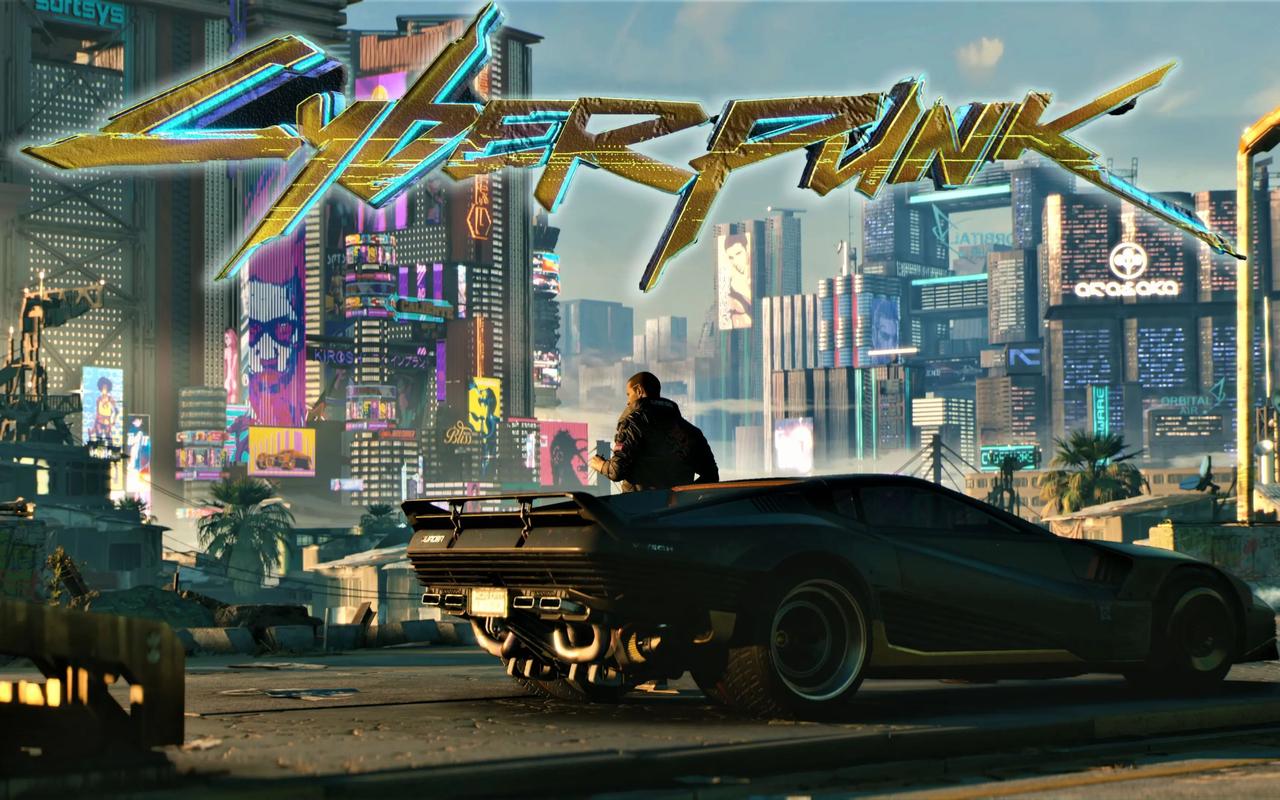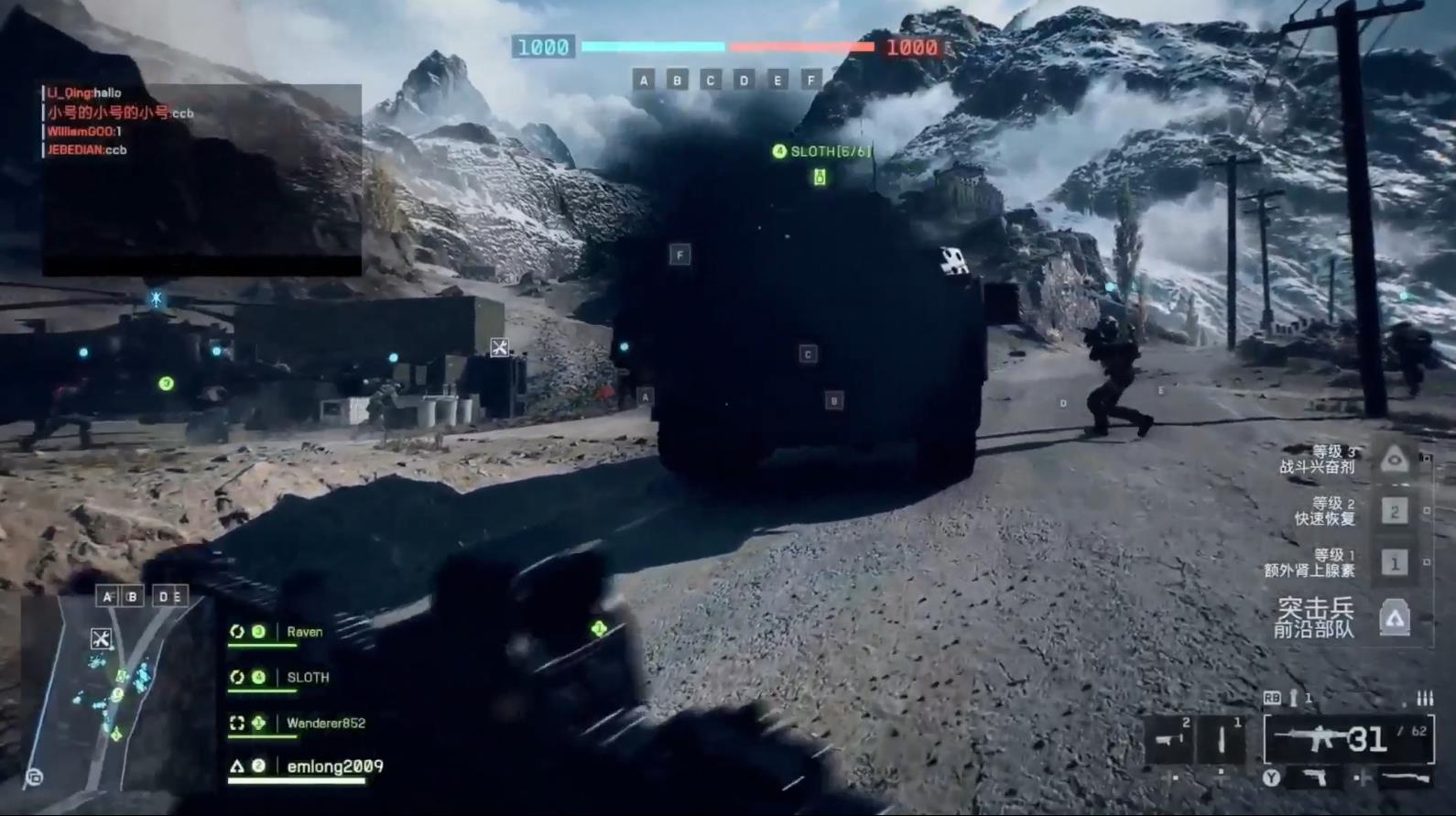Now that your game demo is finished, what should you do next?
Ya has compiled the top 3 platforms for releasing indie game demos:
Steam
- Goals: Attract wishlists and future purchases; participate in official events like Steam Next Fest; boost media exposure and player word-of-mouth.
- Pros:
- The world’s largest PC game distribution platform, with over 1 billion registered users.
- Supports linking demos to the official game page, increasing exposure.
- Access to high-traffic events (e.g., Steam Next Fest) for massive visibility.
- Powerful built-in data analytics and backend features (wishlist tracking, user behavior, feedback collection).
- Cons:
- Requires a one-time registration fee of $100 USD (refundable once your game generates revenue).
- Needs to pass a review process before release, requiring extensive preparation.
- Takes time to learn how to set up store pages and build uploads.
- Best for:
- Demos that are relatively polished (with refined art, UI, and user experience).
- Developers who have prepared a Steam store page (or aim to collect wishlists).
- Those planning to join Steam Next Fest (requires preparation at least 2 months in advance).
Itch.io
- Goals: Rapid testing and devlog-style releases; collecting early feedback and building an indie community; showcasing prototypes, mini-games, or browser-based demos.
- Pros:
- Completely free, no registration fees.
- Extremely fast release process—can go live in 3 minutes.
- Supports browser-based WebGL demos, ideal for Unity projects.
- Flexible access settings (public, private, or link-only).
- Indie-friendly community with high tolerance for experimental games and solo developers.
- Cons:
- Limited exposure; not ideal for collecting wishlists.
- Low commercial conversion rates.
- Some publishers do not prioritize reviews from this platform.
- Best for:
- Early-stage game development.
- Releasing prototypes or vertical slices.
- Developers who don’t want to expose their demo on Steam too early.
Game Jolt
- Goals: Targeting younger audiences (including creators and streamers); community-driven operations centered on games; promoting indie genres like pixel art, horror, and platformers.
- Pros:
- Free to publish, with high user activity.
- Built-in community features (interaction, devlogs, progress sharing).
- Simple game page structure and easy release process.
- Good support for creator content (e.g., character designs, fan art).
- Cons:
- Core user base is younger, may not suit serious-themed games.
- Weak commercial distribution channels.
- Best for:
- Developers looking to build long-term engagement with fans.
- Games with lighthearted, creative, or retro styles.
Ya also releases demos on these platforms and experiments with other promotion methods. Any experience or feedback gathered will be shared in the game development group.
➡️ Ya’s Indie Game Development Exchange Group
#IndieGames #GameCreatorIncentiveProgram #MakingGamesOnXiaohongshu #IndieGameDev #IndieGameDeveloper
THE END

















暂无评论内容